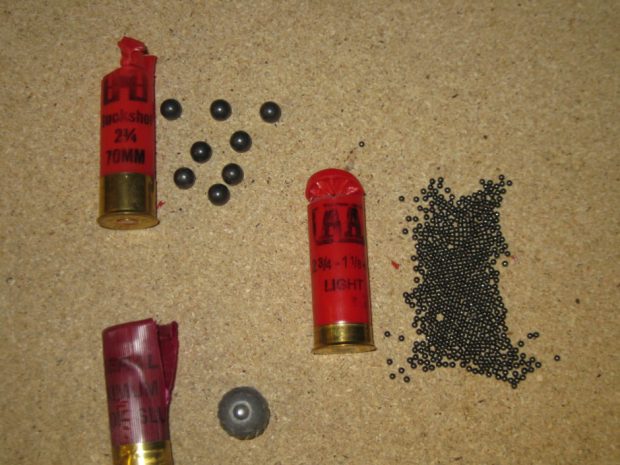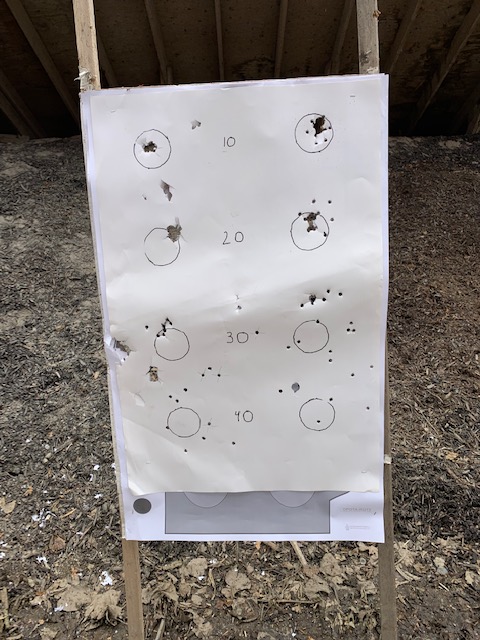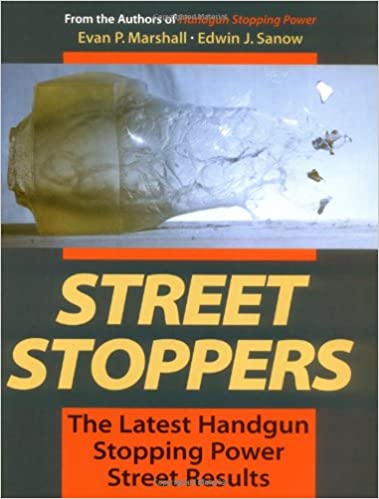Last week I posted an article titled Shotguns for Home Protection. When I posted the article on my Patreon Page, as supporter asked the following question:
“Thoughts on slugs versus buckshot?”
It’s a good question and it deserved a more in depth answer than I could provide in a Patreon comment. Let’s dig in.
I’ve already written how you shouldn’t use birdshot for self defense. That leaves us with buckshot or slugs for defensive use. Which is best?

I will postulate that in certain circumstances, slugs are the clear choice. If I was looking to defend myself against large, dangerous animals, I would choose a slug. I would also use a slug if I were in a law enforcement capacity frequently dealing with armed felons in automobiles. Slugs penetrate better through auto steel and car window glass than buckshot does. I’d also use slugs if my engagement ranges were longer than 25 yards, I needed better accuracy with the shotgun, or I was dealing with criminals who wear soft body armor.
But what about a standard home defense scenario? Ranges tend to be short, I’m not likely to be attacked by marauding grizzlies, and I probably won’t be dealing with criminals in cars or wearing body armor. Should I use slugs or buckshot? Let’s look at some statistics.
In my study of defensive shootings, I collected data on nearly 200 shotgun shootings. When I analyzed the data to determine which rounds immediately incapacitated the person shot, I found some interesting results:
Birdshot (all types)- 17% of shots led to an immediate incapacitation
Buckshot (all types)- 54% of shots led to an immediate incapacitation
Rifled Slugs- 67% of shots led to an immediate incapacitation
All of the above results were all from shootings involving 12 gauge shotguns only.
On the surface, it seems like slugs are the better choice, providing 13% more absolute immediate incapacitations. But as with many statistics, we have some confounding factors that may influence our data set.
It my study, I counted all buckshot shootings where ANY of the pellets hit the aggressor. Those buckshot results could be center mass hits with full patterns. They also could be an instance where a single pellet grazed the torso. Obviously, the slugs were all head or torso hits. We can’t get a “partial hit” with a slug.
I did not keep track of what percentage of the buckshot hits were full patterns and which were partial hits, but I recall studying lots of cases where the suspect was shot with fewer than a full load of buckshot.
If I had thrown out the partial hits and just tracked incidents where all pellets hit the suspect, I suspect that the rate of incapacitations would be much higher with the buckshot than with the slugs.

Buckshot pattern spread
There isn’t much scientific research on the topic, but authors will occasionally talk about “neurogenic shock” as an additional incapacitation measure when someone is hit with multiple projectiles simultaneously. Take a look at police shooting videos and you’ll see the phenomenon in action. Look at how quickly the criminal suspect collapses when he is shot with multiple rounds from a single officer. It’s almost always significantly slower than when a suspect is hit with a similar number of rounds fired by multiple officers simultaneously.
I first learned of the concept of “neurogenic shock” in a chapter (with the same name) in the 1996 ammunition stopping power book “Street Stoppers.” The chapter was written by a medical doctor (a neurologist) and describes the phenomenon as additional “sensory overload” caused by multiple simultaneous hits.

Some of the research mentioned in Street Stoppers has been discredited in the 25 years since its publication. I haven’t seen much more on “neurogenic shock” since then. I don’t know if it’s a legitimate hypothesis or if it has zero scientific validity. All I know is that I’ve studied thousands of shootings in the last two decades. I see suspects hit with submachine guns or shotgun buckshot collapsing faster than when hit with an equal number of individually fired handgun rounds.
I personally think that full hits with buckshot are likely more effective than hits from slugs. Furthermore, when we note the slug’s tendency to overpenetrate, I think buckshot is the clear winner for a standard home defense scenario.
For what it’s worth, I have two shotguns loaded in my home for primary protection duties. Both are loaded with tightly patterning 00 Buckshot. Each also has a side saddle or butt cuff filled with slugs as spare ammo. I figure that if I make it through five to eight rounds of buckshot without stopping the fight, the suspect(s) might be far away, behind cover, or wearing armor. In those cases the slug is likely the best choice. In any other home invasion scenario, I think buckshot is the best defensive choice.
